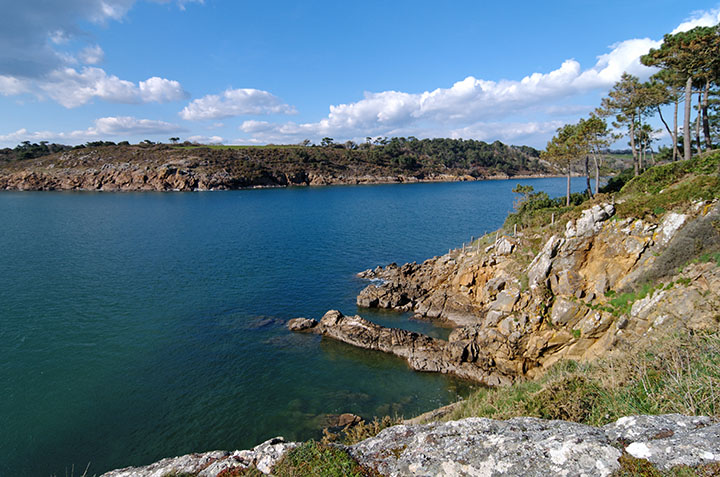Like wine, terroir and variety matters when it comes to the world of oysters. Everything from salt levels to microorganisms and even mineral components of its environment affects the taste and texture. Just think how different the coasts of the United States from the rivers of France, let alone far down under in Australia.
Many of these varieties are easily available in restaurant menus but if you can’t yet tell them apart, here’s our guide to oysters from around the world and what they taste like.

The Kumamoto oyster originated in Yatsushiro Bay, Kumamoto Prefecture, but is now mostly cultivated in the United States. It is smaller than its European counterparts and sports a deep, bowl-like shell. Flavour-wise, it has a mild brininess and is sweet in taste likened to the Hami melon, which makes it perfect for those who are new to enjoying oysters.
Pacific oysters
The Pacific oyster is the most common variety as it is environmentally tolerant and grows fairly rapidly. For this reason, its cultivation has spread from the coasts of Japan where it originates to North America, Europe, Australia and New Zealand. It’s so closely related to the Kumamoto, that they are often mistaken for each other in its shell shape as well as taste.
Atlantic oysters
The Atlantic oyster, also known as Eastern oyster is tear-shaped and flatter than the Pacific oyster, with a heavy salty taste. Two of the better-known Atlantic oyster varieties are from Blue Point in Long Island New York and Wellfleet oysters which grow in Cape Cod, Massachusetts. The former is known for its robust notes while the latter is relished for its strong briny flavour and a seaweed-like note at the finish.

True Belon oysters are from a river of the same name located in Brittany and is a label that’s protected by law. Today, it also grows in the waters off the maine coast and is relished for its strong seaweed and hazelnut notes with sublte hint of minerals encased in a smooth flat shell.
Gillardeau
Bélon oysters are limited in number, so the voluptuous Gillardeau is a favourite of many high-end restaurants. It has a uniquely chewy and crunchy texture, with the scent of the sea and a soft nutty taste. It originates from Marennes, France, but also grows in limited amounts in Ireland.
Fine de Claire
Better known than the previous two kinds of oysters, the Fine de Claire has an elongated shell, with a softer-coloured flesh that yields a salty and nutty flavour. They are also mostly cultivated in Marennes, France, where they are divided by their maturity into Fine de Claire, Speciale de Claire and Pousse en Claire. The more mature the oyster, the meatier it is.

The Australian waters set their oysters apart from the rest of the world. They are creamier and have a sharper mineral taste. Sydney Rock oysters are found around Moreton Bay and are usually smaller than Pacific oysters with a yellowish appearance.
Angasi Oysters
With a shell shaped rather like a coin, the Angasi is native to Australia and is mostly cultured on the Tasmanian coast. Unlike its Sydney Rock cousins, it’s known to be a rather slow grower and quite fragile so it’s a rare treat that’s best to be consumed right after harvesting.





















